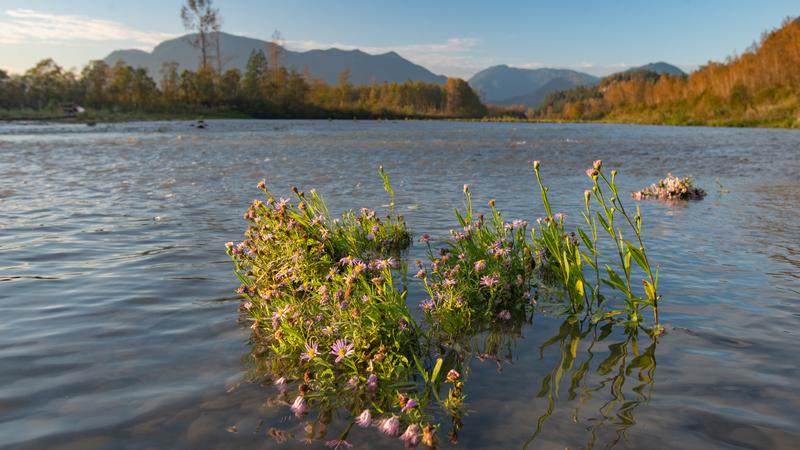
Nature Conservancy of Canada secures Chilliwack area island to protect salmon habitat on the Fraser
CHILLIWACK — Salmon now have more protected spawning habitat in the lower Fraser River, thanks to the Nature Conservancy of Canada’s (NCC) acquisition of Carey Island.
Located near Chilliwack, Carey Island and its gravel channels offer calm and important spawning and rearing habitat for the river’s fish and aquatic species. The 613-acre island is one of the few remaining privately held lands in the region that has not been altered by diking or ditching, making it a vital piece of natural habitat.
NCC raised the necessary funds for the purchase with contributions from Environment and Climate Change Canada through the Canada Nature Fund, the Fish and Wildlife Compensation Program, Sitka Foundation, Aqueduct Foundation, Collings Stevens Family Foundation, Rudy North, and numerous other individual and anonymous donors.
“Carey Island is the Nature Conservancy of Canada’s first project in the lower Fraser River, and it is an incredible opportunity to support salmon and other wildlife that rely on this ecosystem,” said Steven Godfrey, the West Coast Program Director for the NCC. “The Fraser is such an iconic river in BC, and we’re really excited to be able to contribute to the ongoing work and vision to protect fish habitat in this important region.”
